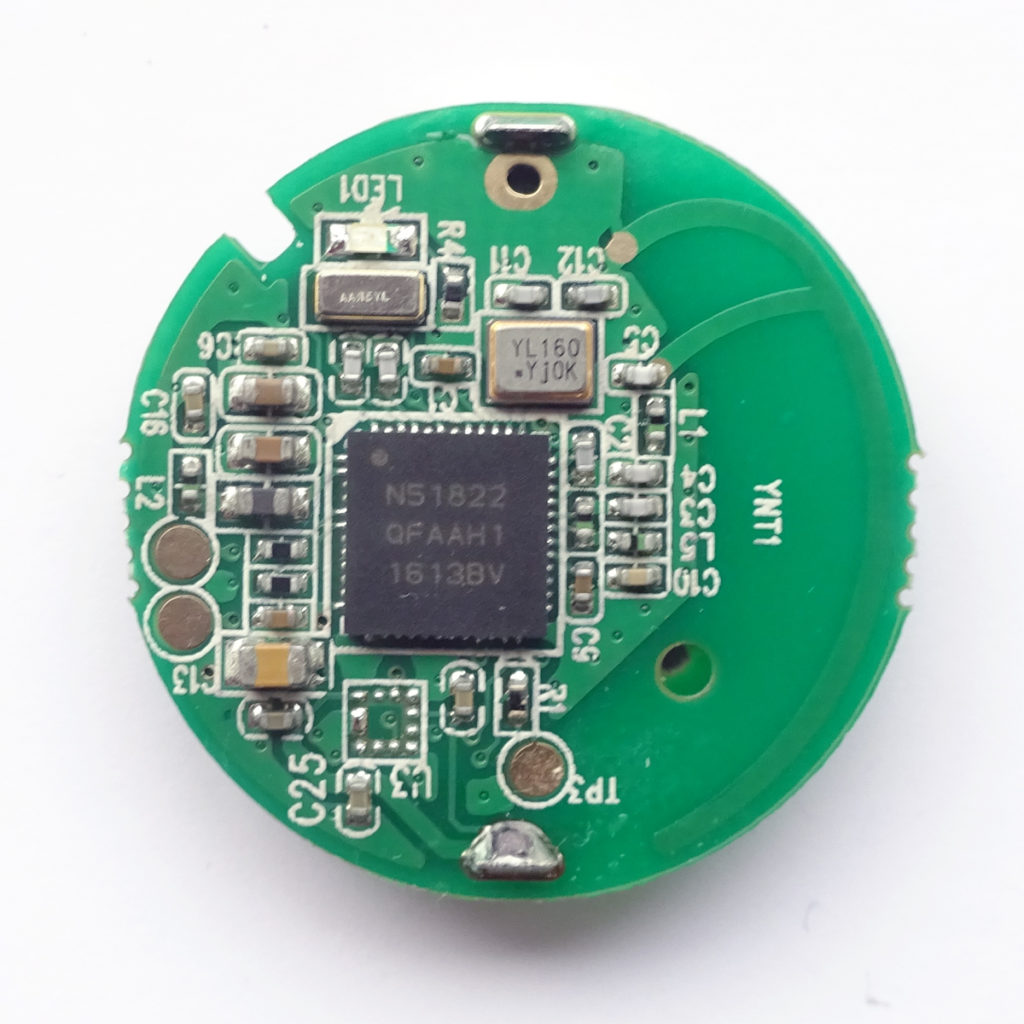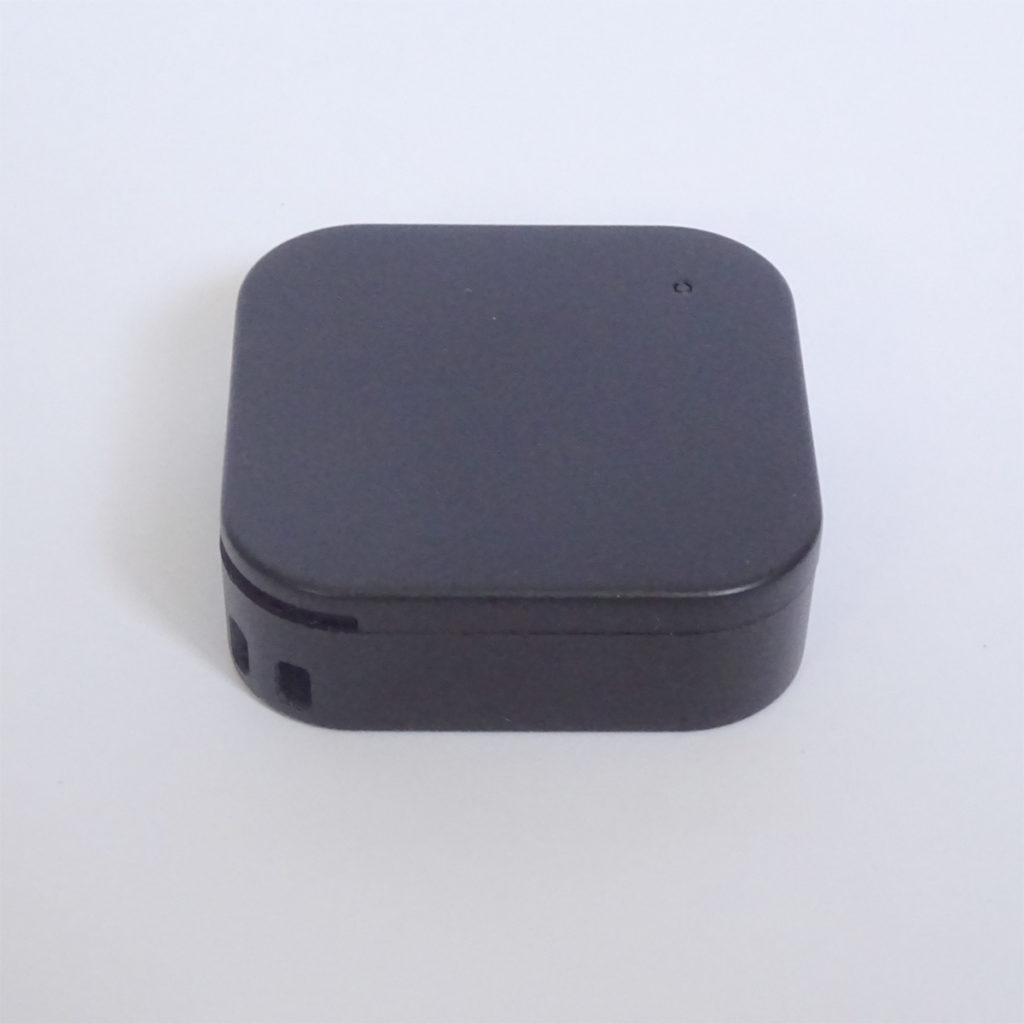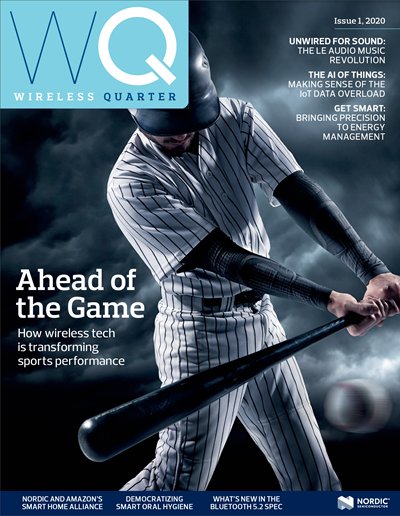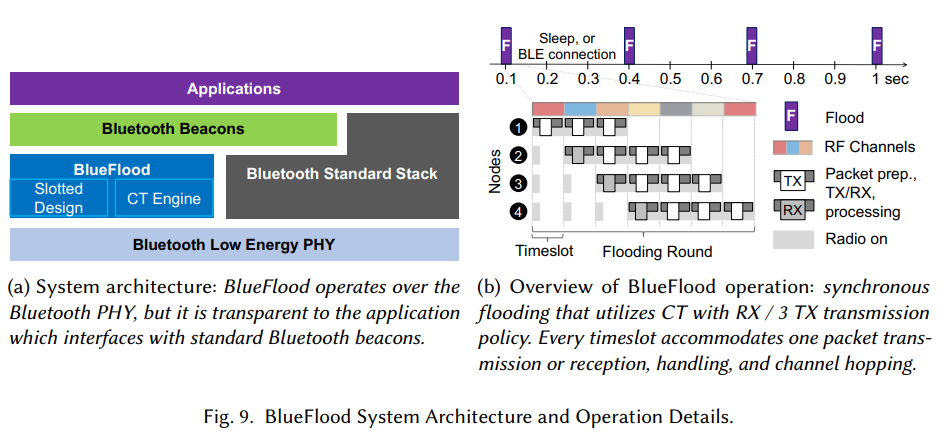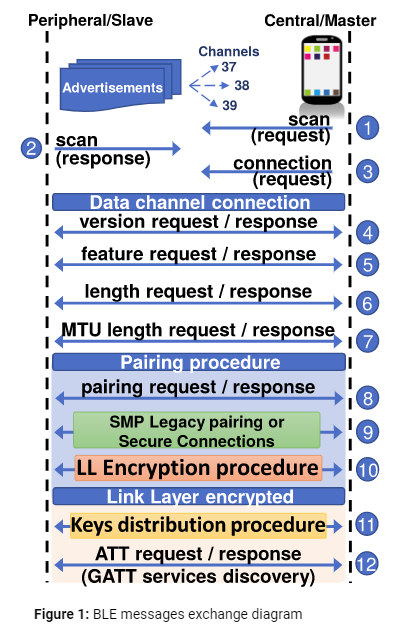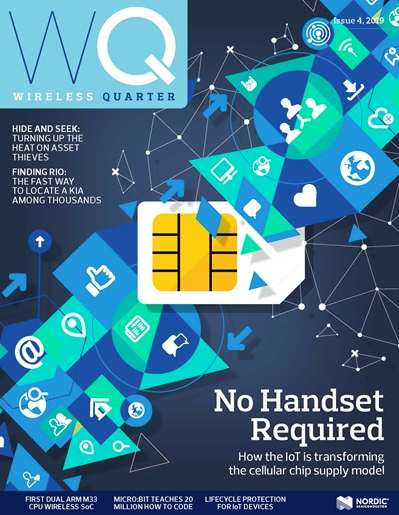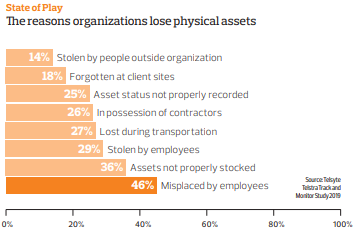We get asked a lot which beacons are the most compatible. All beacons, whether iBeacon or Eddystone, are compatible with iOS and Android. There are a few ‘tracker’ type Bluetooth devices around that don’t transmit the right Bluetooth header and can’t be seen on iOS but we don’t sell those.
Almost all beacons are slight derivations of a few standard circuit designs and firmware provided by Texas Instruments, Dialog and Nordic who produce the System On a Chip (SoC) inside beacons. Hence, they all transmit to Bluetooth standards.

The main area that can differ is the Antenna and PCB layout that can lead to different radiation patterns. The ability to detect a beacon isn’t affected and differences manifest themselves as differing beacon signal strength (hence range) and stability.
The main areas where beacons differ is not in compatibility but in physical characteristics such as battery size and waterproofing that are to be found as categories at the left hand side of our store.
One thing people don’t realise is that problems occur with phone compatibility rather than beacon compatibility. Over time, we have discovered about 5% of our customers have problems getting the Manufacturer’s configuration to app connect to beacons on Android. To be clear, this is only when apps need to connect (to change settings) as opposed to only scan for beacons so this doesn’t tend to be a problem (for end users) once everything is set up.
To answer the question, Bluetooth standards are such that all beacons can be seen on all phones and compatibility isn’t an issue. Problems we have seen have been related to phones rather than beacons. We have never had a beacon returned to us because it’s incompatible.

